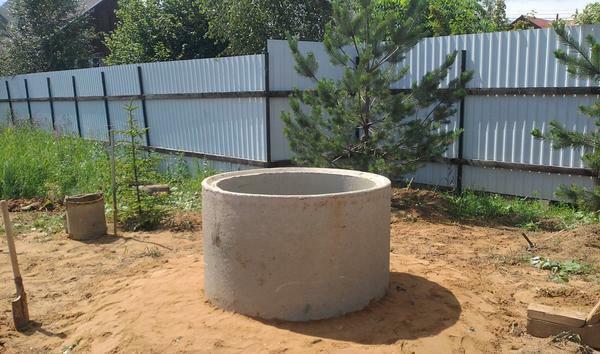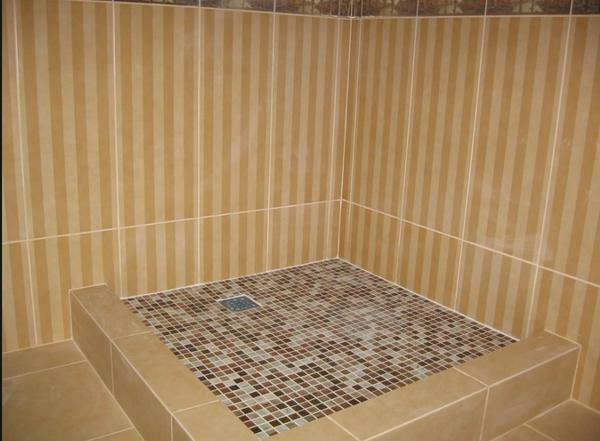Basic terms and definitions
- Polyethylene pipe HDPE is a tubular product produced from low-pressure slurry polyethylene, without chemical additives or in a composite form( stabilizers, dyes, etc.).At the moment, PE80-100 pipes are the best composite material for pipeline systems of various purposes from water supply to sewerage.
- The diameter of the pipe is a dual characteristic, referring both to the external dimension of the tube section and to its working section. If to argue simply: outside the tube can be very large, but thick walls make its internal diameter a hydraulic mine, but the mechanical properties of such a pipeline will be prohibitive.
- SDR is an indicator that you will surely meet in the product passport or on the advertising page of the manufacturer of HDPE pipes. Practically the same as we mentioned above: the ratio of the outer diameter of the polyethylene pipe to the nominal thickness of its wall.

Are you ready to understand such details while laying your summer cottage? We just welcome such a scrupulous approach to such an uneasy and very interesting business.
Requirements for polyethylene pipes of any diameter
It should be noted that GOST 18599-2001 establishes not only common test standards for each group of PE, but also specific features of pipes for various purposes. For our ordinary country life, the following parameters are also quite suitable:
- PE or HDPE pipes should be smooth inside;do not laugh, but the coefficient of roughness of the internal surface, the resulting hydraulic resistance and stagnant zones significantly affect the system's performance;
- longitudinal coating of polyethylene pipes, as a rule, designates their specific purpose: for example, the blue strip - water pipes PDN from the series of PZ80, perfectly suited for systems of water supply of country houses;
- immediately look at table 3 PE80 polyethylene pipes with a diameter of 20 - 110 mm with SDR 11 -19.It is these pipe products made of polyethylene that will provide a complete cycle of water cycle in your summer cottage. Why, we will explain below, here we simply estimate the size range of similar pipeline billets, very simply mounted by the apparatus for welding polyethylene pipes.

Advantages and disadvantages of HDPE pipes of country diameter
It should be noted that industrial pipelines with a diameter of 1200 mm with SDR 26 are not of interest to us. We calmly build the communications of our country house, and at the same time we try to figure out which pipelines: metal, polypropylene or other plastic will ensure a quiet, accident-free residence in our home at least 25-30 years.

Honestly, we do not have a clear answer. Here is a simple comparison of the best performance of metal and HDPE pipes:
- metal: mechanical strength, resistance to deformation, low coefficient of linear thermal expansion, habit:
- polyethylene: ductility, low weight, easy transportation and installation, high corrosion resistance and environmental cleanliness in anysystems with a temperature of up to +90 degrees.
We tried to conduct a statistical analysis of the sample of feedback in the steel and HDPE forums in the pipeline systems of country houses. Without pretending to be representative of the results, let us make the following conclusion: 86% of respondents vote for polyethylene in any leading and outgoing networks of their country house. Motivation is ridiculous, but understandable: it's better to let them sag in the summer at +40, than burst at the joints in winter.



